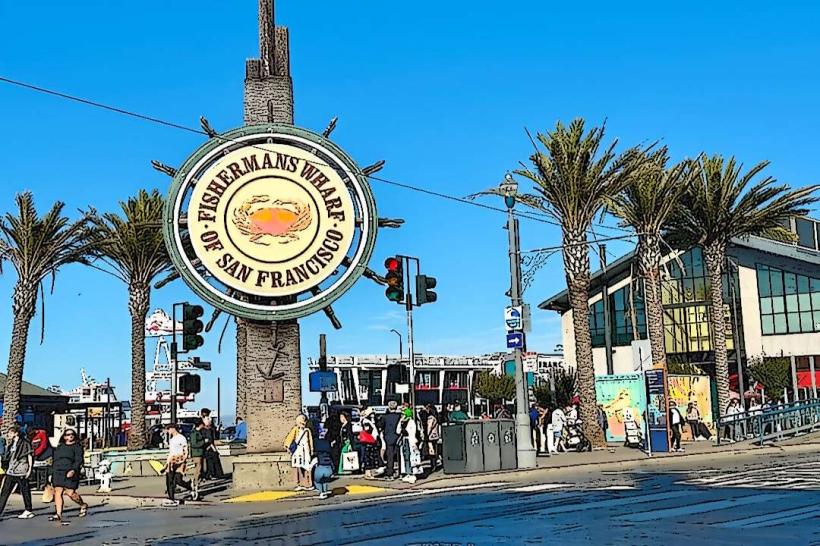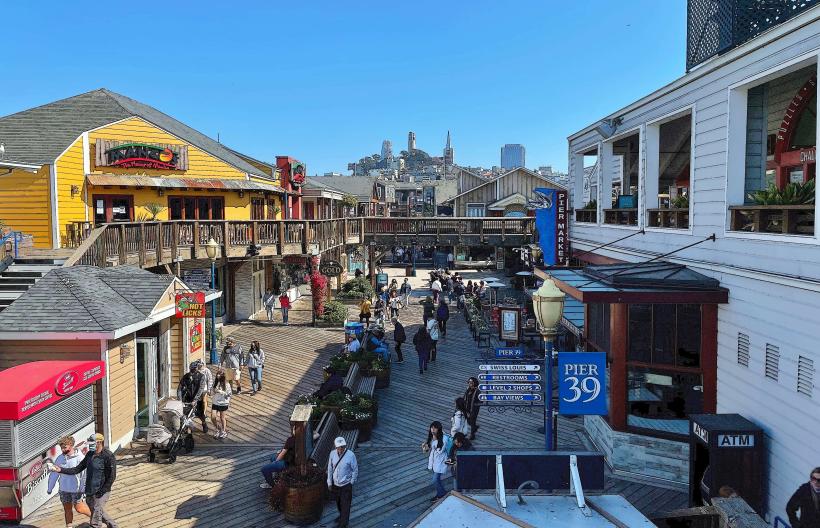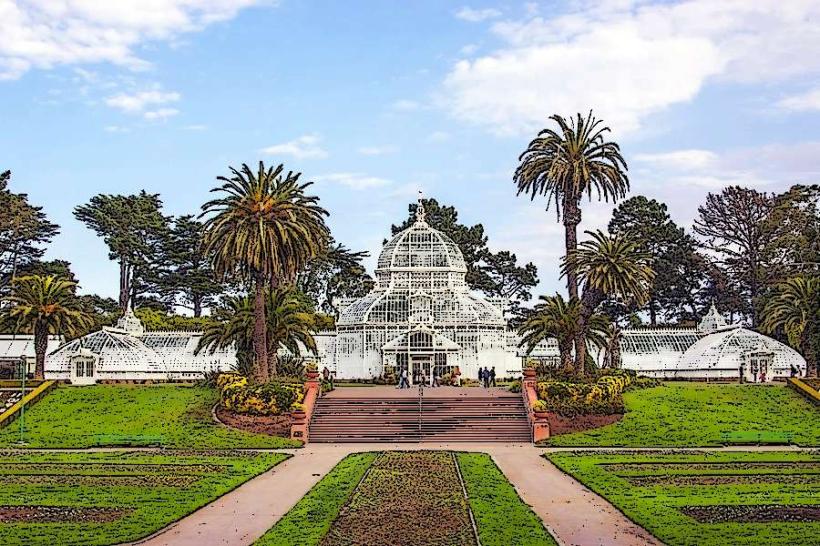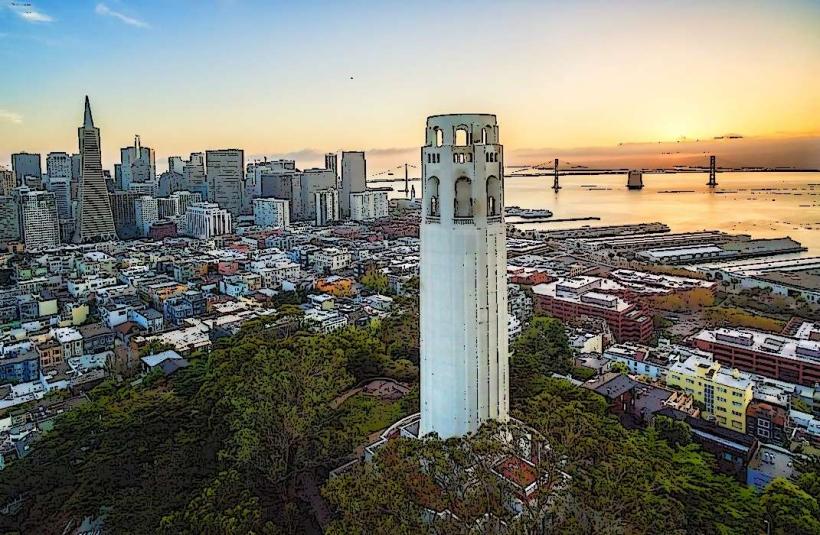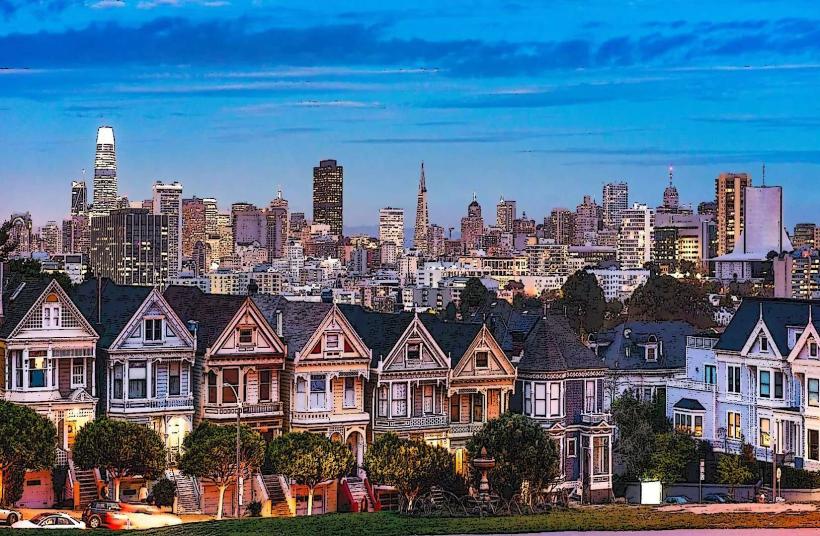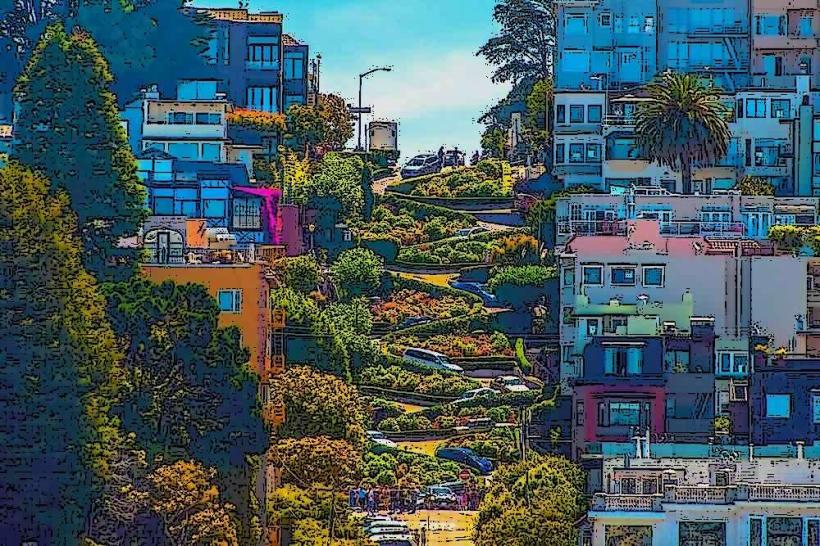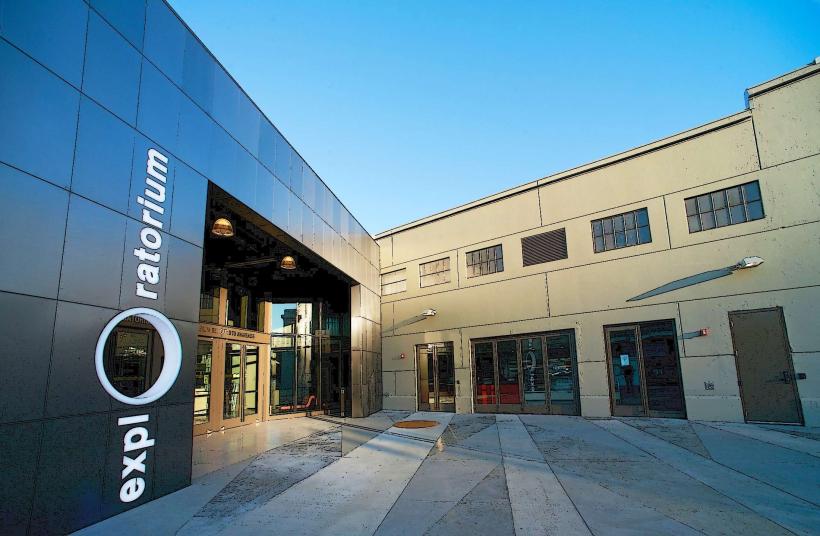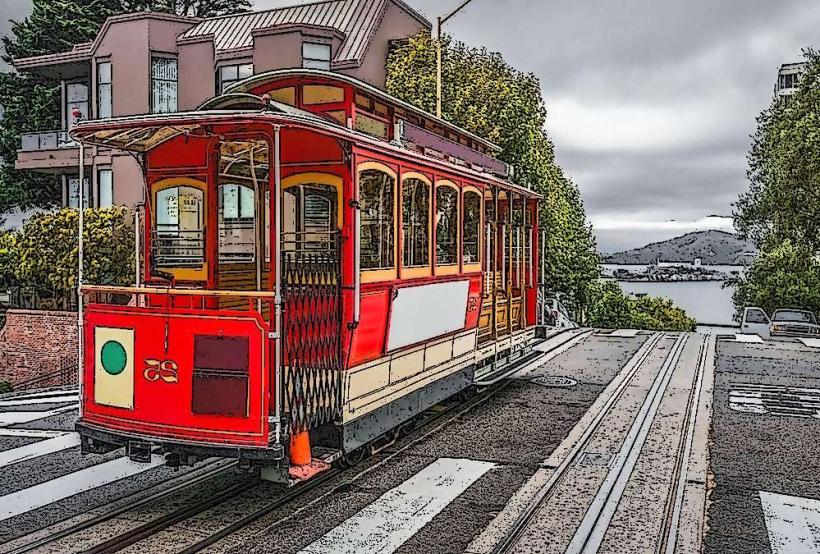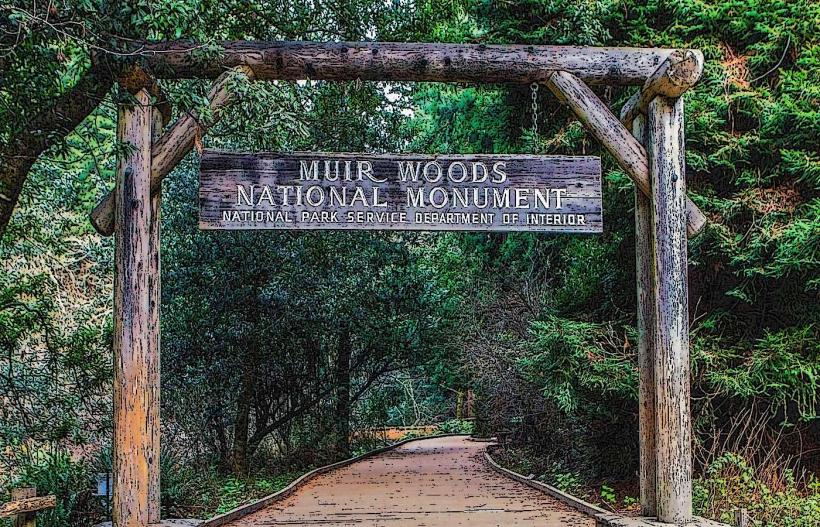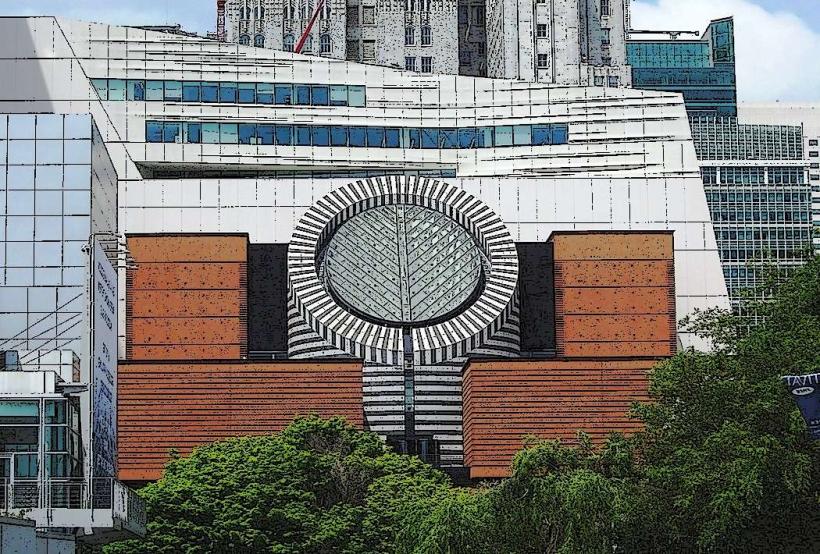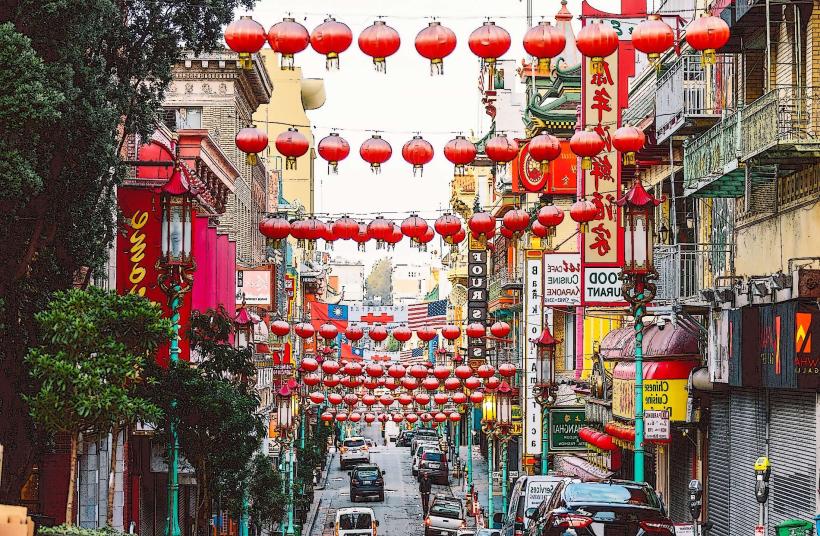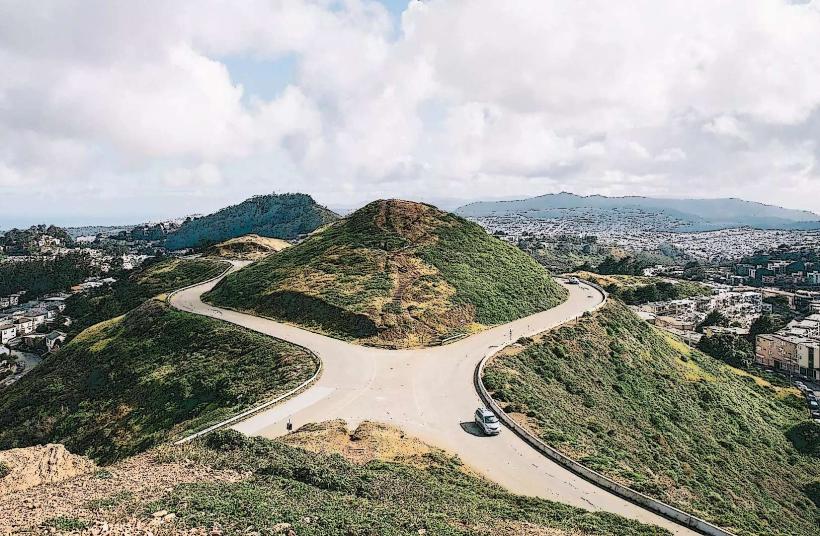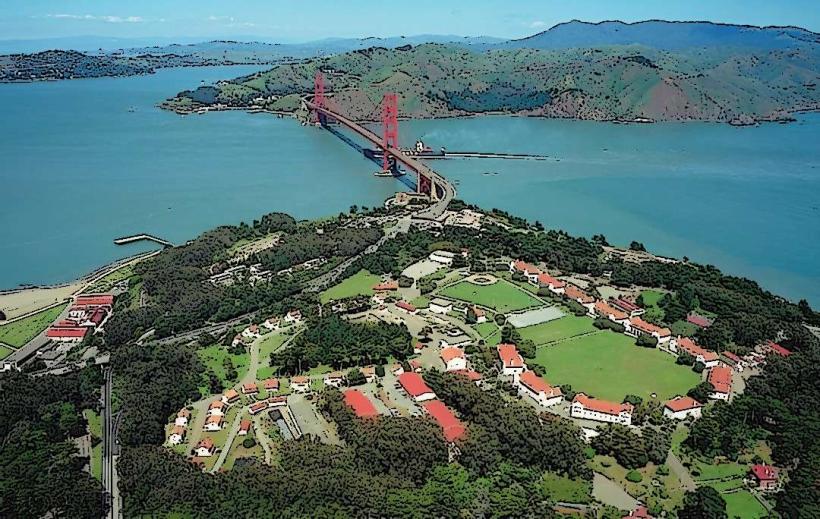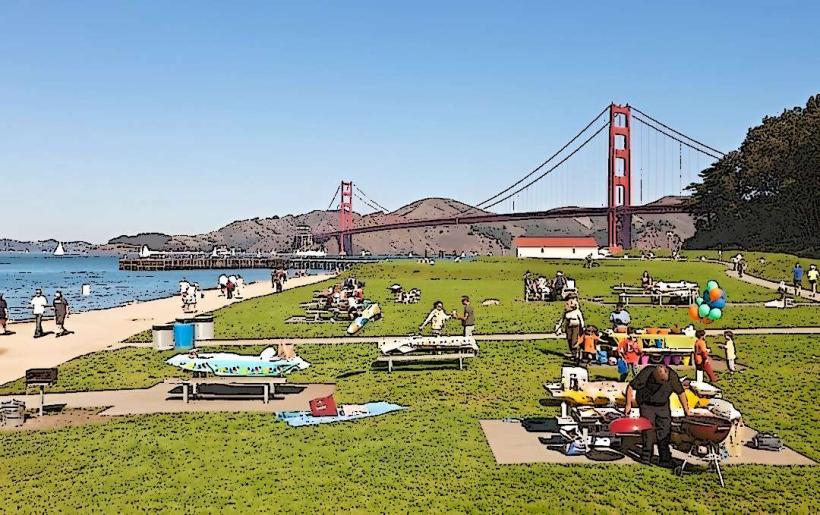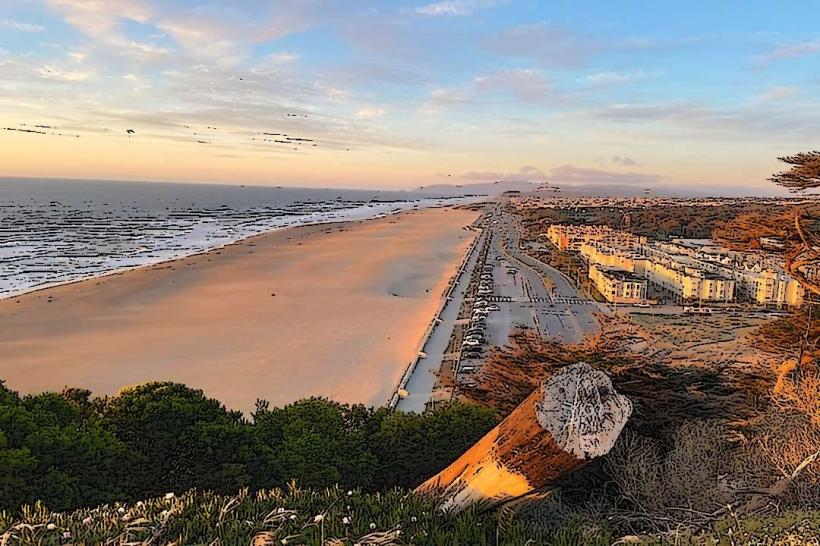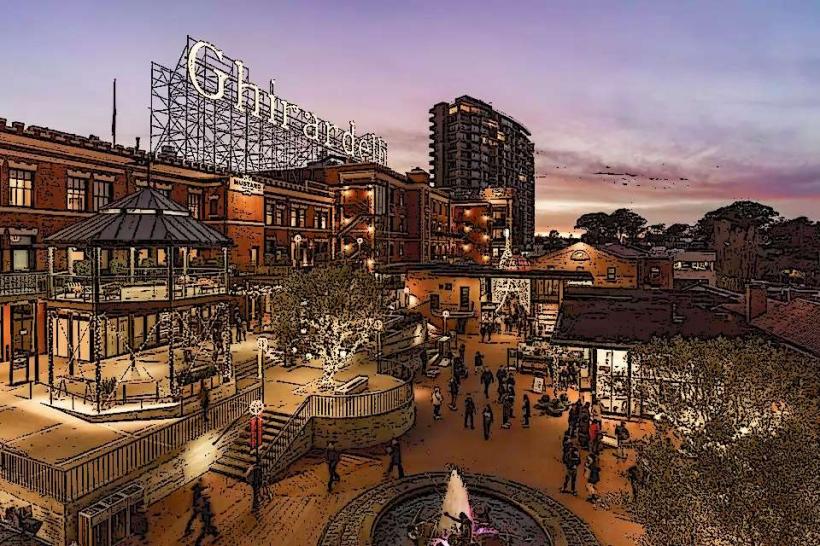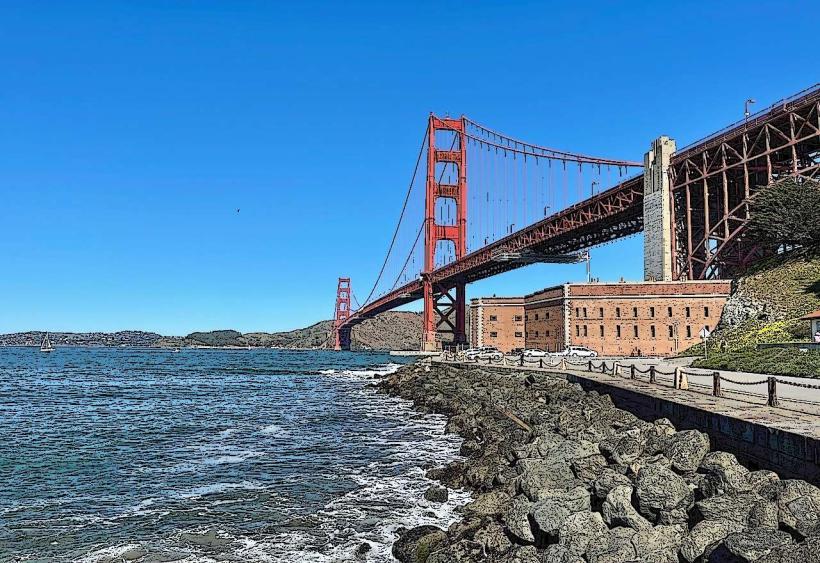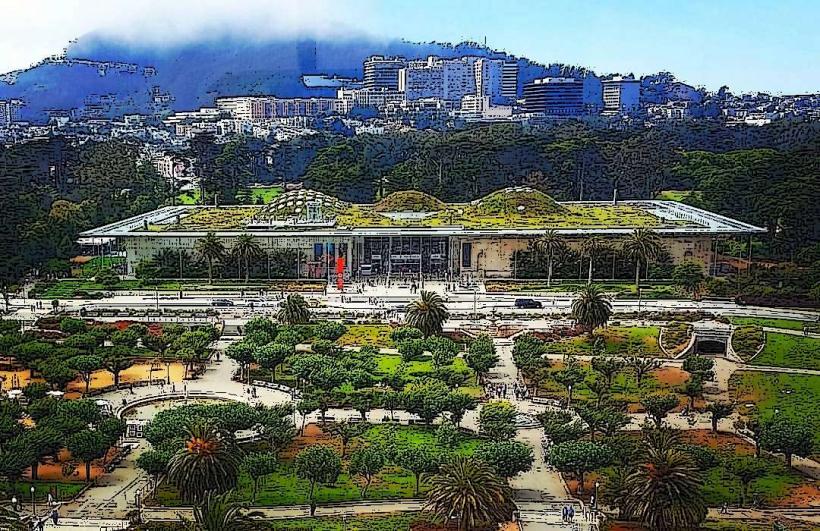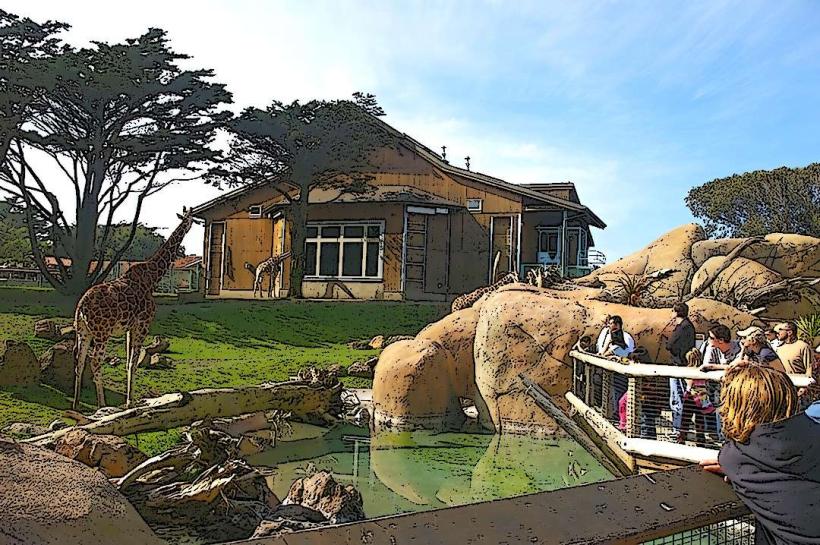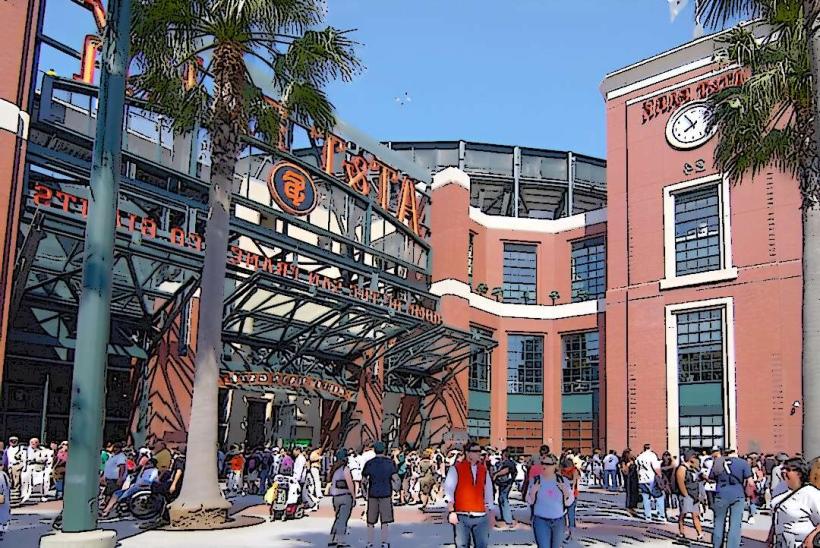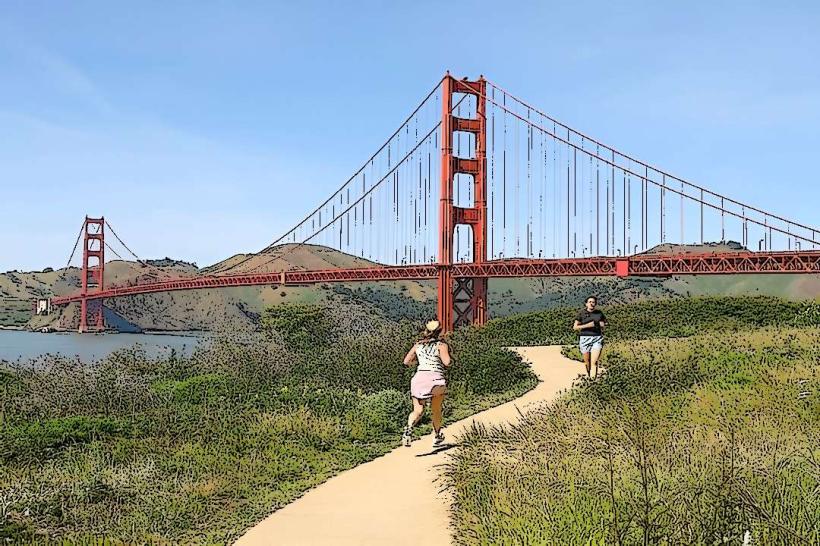Information
Landmark: Alcatraz IslandCity: San Francisco
Country: USA California
Continent: North America
Alcatraz Island, San Francisco, USA California, North America
Alcatraz Island, often referred to simply as Alcatraz, is a small island located in the San Francisco Bay, about 1.25 miles (2 km) off the coast of San Francisco, California. It is perhaps best known for its former use as a high-security federal prison, but its history spans many other significant phases, making it a fascinating and layered landmark.
Historical Overview
Pre-Prison History:
Native American Use: Before European settlers arrived, the island was known to the Ohlone people, the indigenous people of the San Francisco Bay Area. They likely used the island for hunting and fishing, though there is limited documentation on their interactions with it.
Spanish Discovery: The first European to see Alcatraz Island was the Spanish explorer Juan de Ayala in 1775, who named it "La Isla de los Alcatraces," meaning "Island of the Pelicans" (referring to the seabirds that populated the island). The name was eventually shortened to "Alcatraz."
Military Fortifications: During the 19th century, Alcatraz was used as a military post, particularly during the American Civil War (1861-1865), as it was strategically located at the entrance to the San Francisco Bay. The U.S. Army built a fortress on the island in the 1850s, which included a large number of cannons to defend the bay from potential attacks. This military presence continued until the early 20th century.
Federal Prison Era (1934–1963):
The Transformation to a Maximum-Security Prison: In 1934, the U.S. government converted the island into a federal prison, designed to hold the most dangerous and infamous criminals of the time. The decision was based on the idea that the isolation of the island, surrounded by cold, treacherous waters, would make it an ideal location for a high-security prison that was nearly impossible to escape from.
Structure of the Prison: Alcatraz Prison housed around 300-500 prisoners at any given time during its operation. The prison was notorious for its strict rules, harsh conditions, and the psychological toll it took on inmates. The prison had a reputation for housing the worst criminals, including famous figures such as Al Capone, the notorious gangster, and George "Machine Gun" Kelly, a famous criminal in the 1930s.
Life in Alcatraz: Life in the prison was brutal. The prison was equipped with high stone walls, heavy iron doors, and small, dark cells. Inmates had very few privileges and were under constant surveillance. The island's isolation meant that it was nearly impossible for prisoners to escape. As a result, the prison became a symbol of punishment, both for its harsh conditions and its inescapability.
Famous Escape Attempts: Despite its reputation for being escape-proof, there were several well-known escape attempts from Alcatraz. The most famous attempt occurred in 1962, when three prisoners – Frank Morris, John Anglin, and Clarence Anglin – managed to escape from their cells, fashioning a raft out of raincoats and chiseling away at their walls. They disappeared into the night, and their fate remains unclear to this day. Officially, they were declared missing and presumed drowned, but there has always been speculation that they may have successfully escaped.
Closure of the Prison (1963):
Alcatraz was officially closed as a federal penitentiary in 1963, primarily due to its high operating costs. The facility was expensive to maintain, and by the time of its closure, more modern and less isolated prisons had been developed. The last prisoners were moved to other institutions, and the prison was shut down.
Native American Occupation (1969-1971):
In 1969, a group of Native American activists, calling themselves the Indian of All Tribes, occupied Alcatraz Island for 19 months in protest of the U.S. government's policies toward Native Americans and the treatment of their lands. The occupation was a significant moment in Native American activism, bringing attention to issues of sovereignty, land rights, and cultural preservation. The protestors claimed the island under the terms of a treaty that was never honored by the U.S. government.
The occupation ended in 1971, when federal forces forcibly removed the protesters. Although the occupation was eventually deemed unsuccessful in terms of achieving immediate political goals, it was a pivotal event in the Native American rights movement and led to increased awareness of the issues faced by Native communities.
Current Status and Visitor Experience
After the prison's closure and the end of the Native American occupation, Alcatraz Island became part of the Golden Gate National Recreation Area and is now managed by the National Park Service (NPS). Today, it is one of the most visited tourist sites in the San Francisco Bay Area, attracting over 1.5 million visitors annually.
The Alcatraz Island Tour:
Visitors to Alcatraz can take a ferry ride from San Francisco to the island, where they can tour the former prison and other historic sites on the island, including the military fortifications, the lighthouse, and the cell blocks where infamous prisoners were held.
The cell house tour, which is the primary attraction, is a self-guided audio tour narrated by former prison guards and inmates. It offers an immersive experience, taking visitors through the various parts of the prison, including the solitary confinement cells, the dining hall, and the exercise yard. The stories of escape attempts, daily life in the prison, and famous inmates are all featured prominently during the tour.
The Natural Environment of Alcatraz:
While most people associate Alcatraz with its prison history, the island is also home to a rich and diverse natural environment. The island is a designated National Historic Landmark, and it features a lighthouse (the oldest on the West Coast), wildflowers, and a variety of seabirds such as pelicans, seagulls, and cormorants. The island’s location in the bay makes it a key habitat for bird species, and it is particularly important for migratory birds.
Preservation and Education:
Alcatraz Island has been preserved as a historical site, and its prison buildings are maintained in a way that allows visitors to learn about its unique and dark history. The National Park Service offers a range of educational programs and exhibits that explore both the history of the prison and its role in the broader social and political issues of the 20th century. These programs aim to educate visitors about the impact of incarceration on individuals and society and provide a window into the island’s various roles throughout history.
Alcatraz Today: A Symbol of Isolation, Incarceration, and History
Alcatraz Island remains a potent symbol of both punishment and resilience, and it continues to serve as an important historical and cultural landmark. The island has evolved from a military fort to one of the most infamous prisons in American history to a site of indigenous resistance, and now a place of learning and reflection.
It serves as a reminder of the complexities of American history, encompassing themes of crime and punishment, civil rights, and the struggles of indigenous peoples. Visitors who come to Alcatraz today are presented with a space that encompasses not only the history of the prison but also the broader narratives of American history and the enduring quest for justice and equality.


